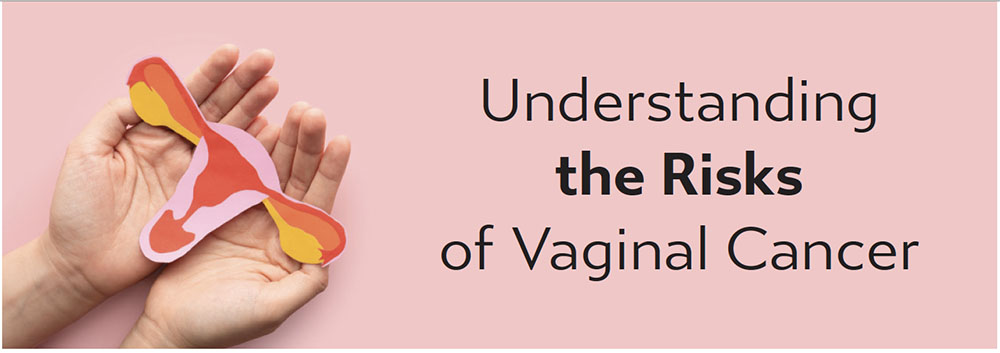
Women Making Music – Linda Shew Wolf
She’s a graduate of Cornell University. This published author, mother to Julie and Chris and professional saxophonist and electric violinist moved to WNC in 2017 and has been tooting her horn in various ensembles and bands ever since.
For the past 20 years, she’s played in a Middle-Eastern, psychedelic rock group based out of Chicago called Ovadya. Closer to home, you’ll find her performing with Magenta Sunshine, an original Caribbean-funk-pop group as well Swing Step, a swing and jazz quintet. She’s a member of the Rewind House Band, playing 50s-80s dance music. And she’s part of the “red hot” original funk-jazz group called GrudaTree. The band leaders of these and other groups have invited her to be part of their circles, calling her inspiring and humble.
In July of 2018, I was asked to join Swing Step for a one-off show at The Asheville Guitar Bar. Our first rehearsal for that performance is where my acquaintance with this excellent player and genuine
person began.
Because of the hectic holidays and the Omicron variant, Linda and I thought it best for me to send her questions she could write answers to in her own words.
Where were you born and raised?
I was born in Chandler, AZ in October 1952, and I’m the firstborn of four. I have two sisters and a brother, all born within 5 years, so we were quite a tight little tribe. Once my dad was finished with his Air Force career, we moved back to Ithaca, NY where I was raised.
How old were you when you found yourself drawn to the saxophone and violin?
I took violin in grade and high school but didn’t take it seriously in the sense of a calling or passion. My mother would not let me quit and being an obedient kid, I kept at it. I spent my college years listening to a boyfriend’s collection of vinyl. He had everything from Hank Williams to the Grateful Dead, from John Coltrane to Charlie Parker. It was the R&B saxophone players who caught my ear. The joyful, physical voice of the saxophone literally pulled at me, and it became my greatest desire to find that voice for myself. I worked at restaurants by day and taught myself the saxophone by night. I was out jamming on an old student model Conn just a few months after I bought it; I was in love!
In my 40s I joined an original band that focused on Middle Eastern modalities (Ovadya) which drew me back to the violin. Since the band was large and loud, I moved to electric violin with all the cool pedals and effects.
Can you cite a technique in the way you play that sets you apart from others?
My sound is more based on lyricism than on impressive speed. I gravitate to melodies and harmonies more than to solos. My greatest satisfaction comes from playing harmonically interesting horn lines and heads. My favorite thing is to listen and respond to what my fellow musicians are doing.
For swing music, I adapt to the kind of campy style horn players had back in the day. For edgy funk music, I like taking liberties with rhythm and searching for the notes that really push the envelope.
What is your rehearsal routine?
I own an editorial company so I relish band rehearsals when I can walk away from my devices and enter the music zone. When I am developing new tunes with a band, that gives me the impetus to refine parts on my own, and that’s when I dedicate time to personal practice. I like to focus on complicated jazz heads and solo riffs I admire and play them in all 12 keys until they become like old friends.
When it’s your turn to solo, what are you thinking about, other than the chord progression? Do the lyrics influence your choices and phrasing? Does the tone and texture of a lead singer’s voice influence the way you play?
Absolutely. What a great set of questions, and you answered them in the way you phrased it. I do find myself responding to the singer’s style and phrasing in the way I start a solo, and it’s satisfying to play something complimentary that leads back naturally to the vocals.
Do you work out your solos ahead of time or do you play in the moment?
I’m totally in the moment. I work at keeping the rhythm fresh. I have such a tendency to listen and then respond. I play like a singer who allows a chord to land and then shows it some love.
When playing an instrumental score with a saxophone solo section do you hear evidence of your playing creating something the rest of the band is inspired to follow?
Those are the best moments of co-creation. If someone expresses an idea, I support and augment it. If I’m expressing an idea, it’s wonderful when others in the group do the same. Weaving lines, ideas and rhythms together is the high point of the night.
Who writes the horn arrangements in the original groups?
There are times that it’s a clean slate situation and one of us will sail in with an idea that is then refined by others in the group.
“They” say that playing saxophone is the closest thing, physically speaking, to singing. Do you aspire to sing more in the future?
I have rare moments where singing is almost as much fun as playing. But my real voice is the alto sax.
Linda met her now deceased husband, Bobby Wolf when she was in her 20’s. Their daughter Julie posted on social media, this tribute to him in Feb 2020, 4 years after his passing: The first time my dad met my mom, she was playing saxophone in a band he was trying out for in Chicago. When he saw her, he told his friend he was going to marry her because of the way she played. They would play secret love tunes back and forth during rehearsals. They fell in love and got married. They chose each other for 40 years until he passed away at 64 with her by his side.
“Playing music is when I feel most in communion with the spirit of my husband as well as with my own.”
Peggy Ratusz is a vocal coach, song interpreter, and songwriter.
For vocal coaching email her at [email protected]





